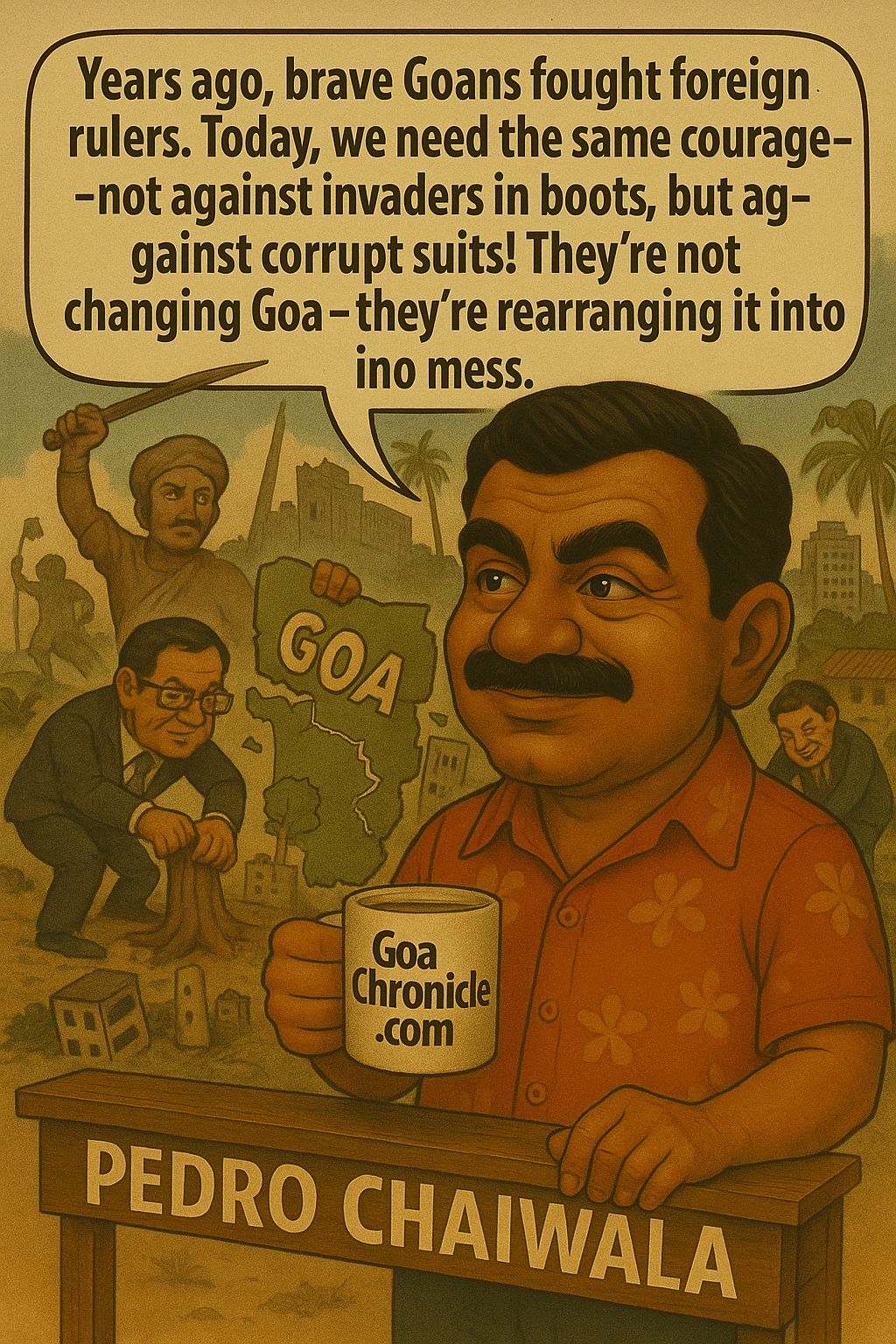Brace up for a long winter
Economic conditions in many developed and developing countries are deteriorating rapidly as global recession deepens and unemployment rates soar. A number of indicators suggest that the global economy is in a very difficult phase and will remain so for some time before it gets any better.
As per the world bank’s report on the global economic prospects, global growth is expected to slump from 5.7% in 2021 to 2.9% in 2022 which is significantly lower than 4.1% projected at the start of the year.
Following Russia’s invasion of Ukraine, supply constraints, recovering global demand, and rising food and energy costs have all contributed to a dramatic surge in global inflation since its mid-2020 lows. Markets anticipate that even after these shocks dissipate and monetary policies are tightened further, inflation will continue to be high in 2022 and then decline from next year onwards.
While the growth in advanced economies are dampened by rising fuel prices and supply chain disruptions (all of which contributing to higher inflation), emerging markets are facing the headwinds on softening external demands, rising cost of capital and depreciation of domestic currencies which is leading to higher commodity prices since most of the developing nations are a net importer of commodities.
Policy makers and analysts have been issuing warnings about a global economic slowdown for some time now. Amidst a host of negative headlines – from sluggish growth to rising debt levels and escalating trade tensions – the global economy is clearly in a state of flux. However, nobody knows what the future holds, but there are certain indicators that suggest we are in for a challenging few years ahead.
Stagflation, a term used to describe the combination of high inflation and stagnant growth, poses one of the biggest risks to the global economic outlook over the next few years. Inflation has already picked up in several major economies, which is likely to lead to higher interest rates and reduced liquidity in the global financial system.
Recessions are a normal part of an economic cycle because we have expansionary periods followed by periods of contraction. However, stagflation is a more rare phenomenon where persistently high inflation coupled with low or stagnant growth results in mass layoffs, salary cut, hiring freeze etc. Unfortunately, stagflation and recessions have an effect long before they are officially declared. A recession is normally expected to last 10 months on average, although the dreadful phenomena known as stagflation might endure for several years.
India and the world
India is in a better position in these difficult times, thanks to its resilient economy and sound monetary policies of the Reserve Bank of India (RBI). India’s economy is expanding at a robust 7.5% annually and it has been able to do this despite the rising oil prices and protectionist measures of the US and China. The fiscal deficit has remained under control and the RBI has been able to maintain a stable exchange rate despite the pressure from the US to impose trade tariffs. However, several factors could negatively impact the Indian economy in the coming months.
The Indian rupee has depreciated by more than 16% against the US dollar in the last one year and this is making life tough for common people. Being a net importer, India is highly vulnerable to swings in global commodity prices and the current slowdown in the world economy has hit exports of key commodities. As a result, the trade deficit is expected to widen further due to widening trade gap which could result in further depreciation of the rupee. The central bank has taken a number of measures to stem the fall in the rupee but the fall in the currency is accelerating rather than reversing. There are indications that foreign institutional investors are seeking to reduce their exposure to the Indian markets as they expect other emerging markets to underperform going forward.
Another corollary of the weak rupee is the trade deficit which is basically the surplus of a country’s imports over the exports. According to a preliminary assessment, India’s trade deficit increased from USD 22.59 billion in September 2021 to USD 26.72 billion in September 2022. Due to higher commodity prices, imports increased by 5.4 percent from a year earlier to USD 59.35 billion, while exports decreased by 3.2 percent to USD 32.62 billion, the lowest level in ten months as demand was hampered by concerns about economic growth. Additionally, the import cover was 18.5 months long in January 2021. Now, only about 9.5 months remain. Import cover simply measures how many months’ worth of imports of products may be covered by a nation’s foreign exchange reserves.
It is worth noting that our foreign exchange reserves have been built up by Foreign Institutional Investors, Foreign Direct Investments, External Commercial Borrowings etc unlike the forex reserves of China, Japan, South Korea etc which have been built by surplus exports over imports. This makes our forex reserves somewhat less sticky and hence more vulnerable to external shocks.
But the good point is global acceptance of India as a model investment destination, thanks to disenchantment of the global elites with China. Govt has also been prompt to provide the much needed nudge in the right direction to attract foreign capital. Production linked incentives announced during the start of the year provides incentives upto 4-6% of the incremental sales over the base year for sectors like electronics, textiles, auto, pharma and food processing. Various other initiatives of the govt like Make in India, Vocal for Local, 1 district 1 export etc has made the groundswell for the big leap forward.
Given the closely knit global economy, we are bound to face the impact of slowdown in advanced economies. However, India will ride the global slowdown better than most countries. It also means that when things take a turn for the good, India will be way ahead of its peers in leading the global recovery.
(Views expressed are personal)
































